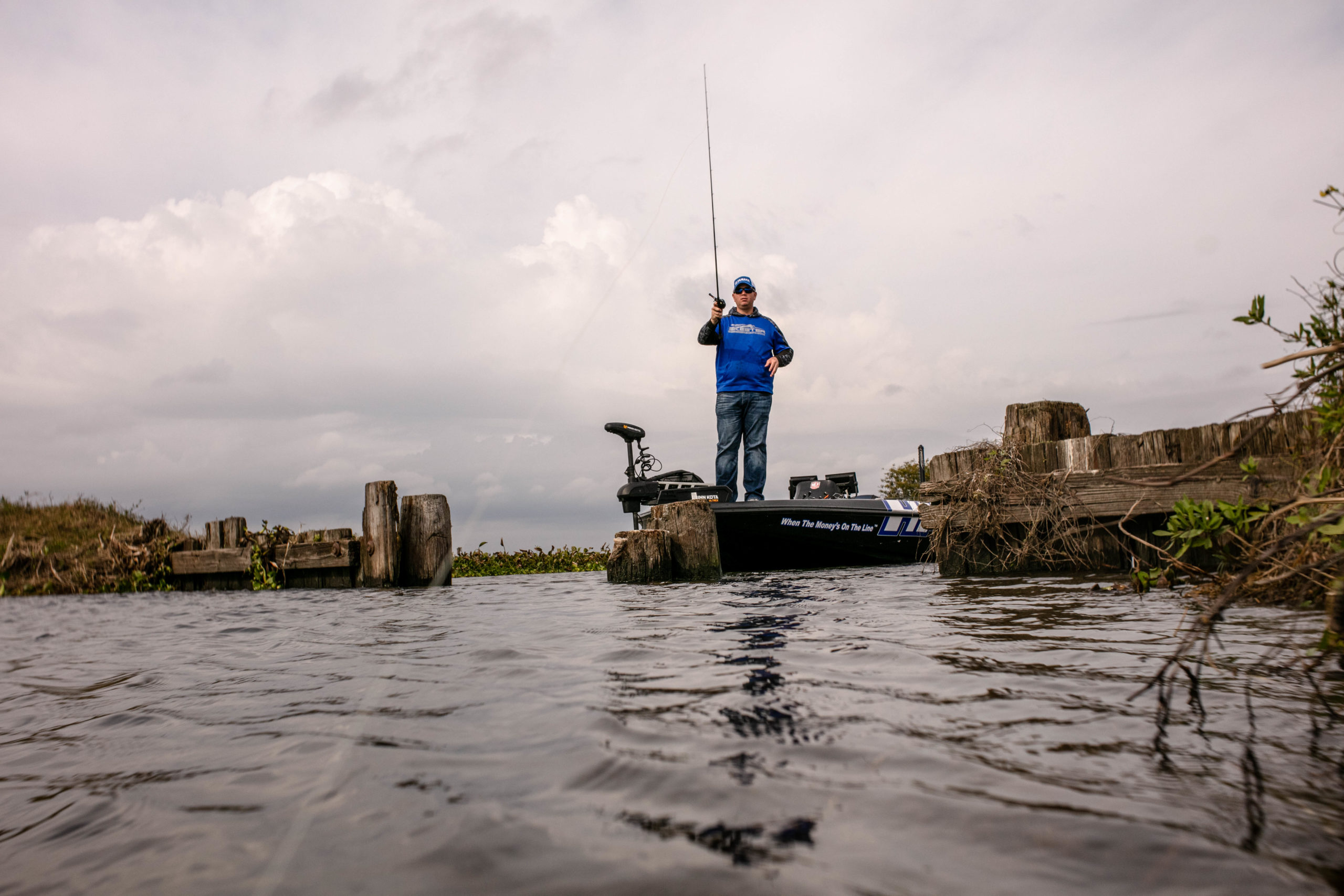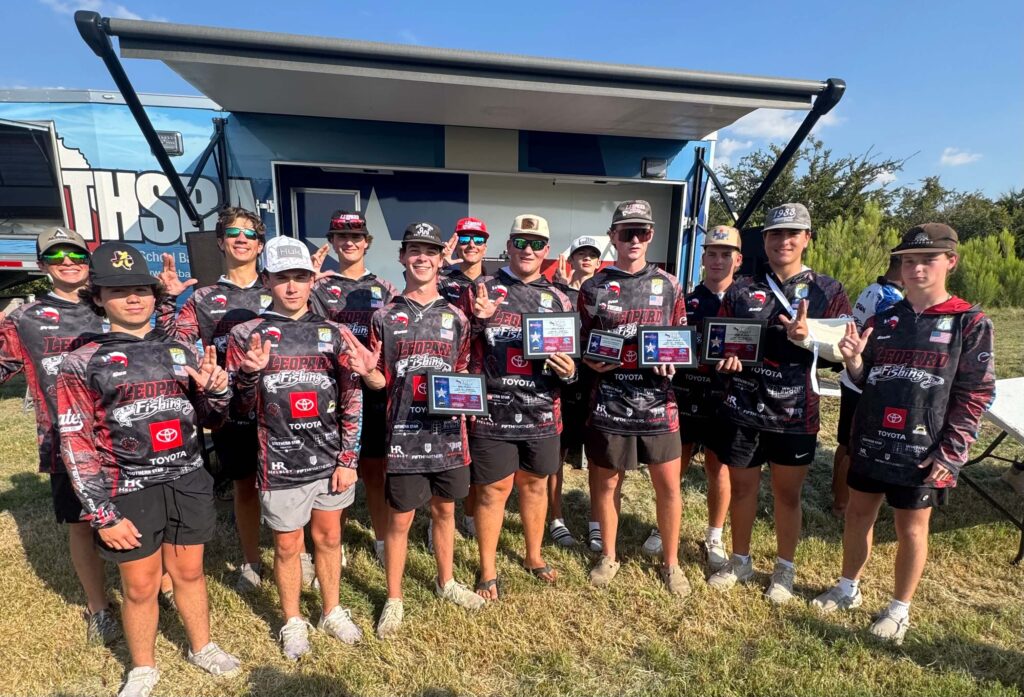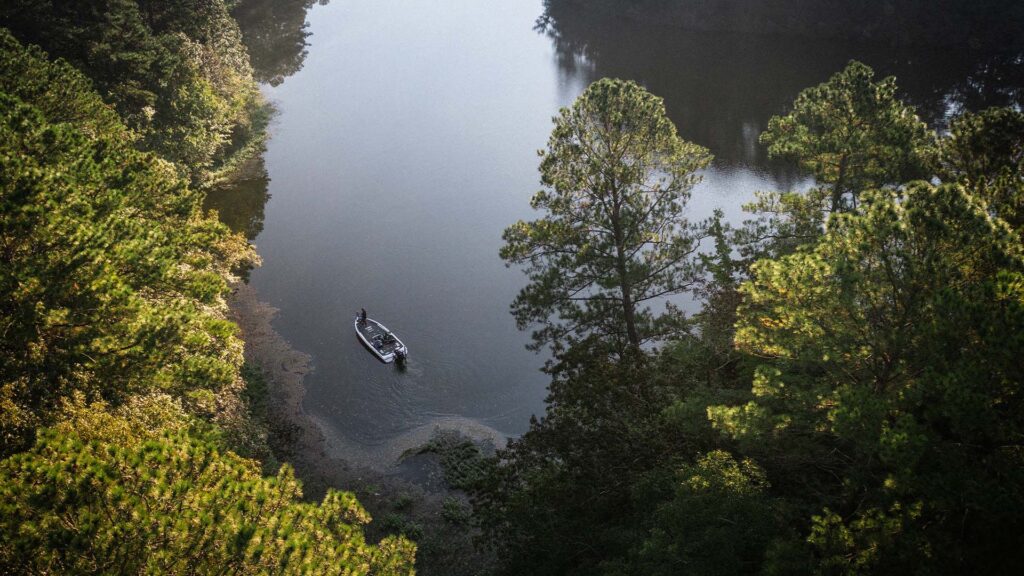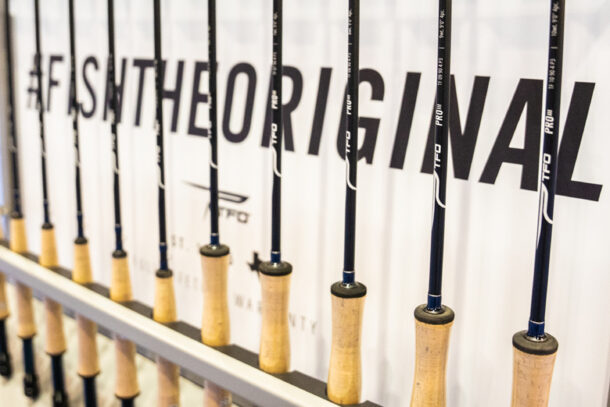Another tournament season is about to kick off for Bassmaster Classic and MLF Bass Pro Champion Cliff Pace, but before he hits the road, Cliff is doing what he loves the most – winter fishing in the Delta for redfish and bass. Check out some suggestions from TFO Advisor Cliff Pace on how to maximize your time on the water this winter.
TFO: Talk about your fishery back home and why winter fishing is one of your favorite times of year to fish.
CP: Winter fishing back home has always been special to me. To me, home is considered the coastal deltas along Mississippi and Louisiana. It’s where I grew up and learned to fish.
There are several advantages for fishing in the Delta in the winter. First, like many places, there is less boat traffic and fishing pressure in the winter. Unlike other times of year, you can go out and have a day to yourself and just enjoy the solitude that the great outdoors has to offer. Winter is also the easiest time of year to fish (to me), if you understand it well.
During the winter, there’s obviously going to be cold fronts that come through. Cold fronts can be detrimental to the fishing. When it comes to tidal fisheries and cold fronts, some of the Northwest winds that stem from the fronts actually blow the tides out to their lowest points. What that does, essentially, is it bunches up fish from hundreds of thousands of acres of shallow water into whatever deeper water that is nearby by for them. It’s the best time of year to target fish that tend to group up.

Photo: Cavin Brothers Media
Locating Fish in Winter
It can be a little bit difficult to locate fish in the winter. They aren’t as scattered out and you really need to find those precise locations where they group up. Once you get them dialed in, you can essentially have a chance at catching all the fish in that area within a square mile.
So to me – it’s that time of the year where those fish are going to pull to a little bit deeper water. They’re going to be bunched up on really hard spots – anything that’s in the water from a curb standpoint – maybe some grass that’s a little deeper than anything in the area.
When I say “deep” I’m not talking about 20-30 feet deep. I’m referring to water that is 4-7 feet deep. That might be the deepest water in an area.
The other aspect is a lot of our fishes’ food source is actually salt water based. We have shrimp and other food sources that migrate into the marsh in the fall and in the summer. These winter cold fronts push all those food sources back out into the gulf.
You have these fish that have bunched up that don’t have a meal sitting around the corner just waiting for them. It just makes them very susceptible to be caught. It makes it easy for the angler.
There are many situations where areas that contain bass will also have redfish, and will also contain speckled trout, flounder, and lot of varieties of other species. You can catch all these different types of species in the water in an area the size of your truck.

Photo: Cavin Brothers Media
Winter Set Ups
TFO: Talk about the your favorite setups for fishing in the winter.
CP: There are two main techniques for me when fishing during the winter on the Delta: one is a crankbait, and the other is a jig. You can pretty much take those two techniques and get a fish to bite when you find those concentrated locations of fish.
Winter Crankbait Set-Up
Typically, I’m fishing crankbaits on a Tactical Elite Bass 7′ Medium Cranking Rod (TLE LW 70CB-1). I’m fishing relatively smaller baits for targeting those 3-8 feet depth range areas where the fish can be concentrated. I’m usually using a 12lb test line.
For baits, I usually go with Black Label baits. I also really like the flat sided baits – especially when the water is really clear. If I’m in a situation where I want something that has a little bit more feel or noise to it in dirtier water conditions, I’ll often times use some of the Jackall baits.
Winter Jig Set-Up
As mentioned earlier, water this time of year is really low, so typically your shorelines are mud banks with basically nothing up shallow to target fish. You’re normally fishing little hard spots.
Therefore, for my jig setup in the winter, I’m casting (rather than flipping) a jig. I’m using the Tactical Elite Bass 747 (TLE SC 747-1) with 15lb test line.
I usually go with one of my V&M jigs – something subtle rather than a jig that has more kick or flap to it. I’ll pair it up with a chunk style trailer. The weight of the jig is usually somewhere between 3/8 oz. and 1/2 oz. depending on the depth I’m fishing and the tidal flow we have that day.

Photo: Cavin Brothers Media
Positioning the Boat For Maximizing Success
TFO: What other tips do you have for making the most of your time on the water in winter?
CP: It’s important to position the boat in a way that you can present the bait to the fish with the tidal flow. I’ve found it definitely makes a difference more so on these lethargic fish than what it might on other times of the year. Presentation anytime of the year can be everything.
Once you learn an area and know where the fish are positioned, it is important to set up (to me) on the downstream side if possible, and fish your way towards the fish upstream. Typically, those fish are going to be facing upstream. These fish are very tough. They’re going to be on something like a hard spot or a piece of cover – it could be anything.
After you catch one, nine times out of ten, there’s more than one there. If you’re fishing with the current and you catch a fish, by the time you unhook that fish and release it and fix your gear – the current is either directing you right on top of or past that location. So, by fishing into the current, you can catch a fish while holding you boat position, and you can make the same cast twenty or thirty more times if you need to in order to fully maximize the potential of that spot without disrupting it.

Photo: Cavin Brothers Media
Winter’s End
TFO: When does the winter season typically transition into spring for you? What are signs that you look for or notice on the water?
CF: Every year is different, but there’s always a drop dead date when this stops. I’ve seen it end as early as the first of February, and I’ve seen it as late as March. It just depends on what Mother Nature gives us.
Spring fishing revolves around when these fish decide to move up and spawn. Other factors include the length of the day, as well as weather patterns (temperature, precipitation, etc.). A lot of fish will spawn based on the moon.

Photo: Cliff Pace
Stay tuned for Part 2 of this blog for early Spring tactics!
![]()







